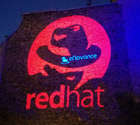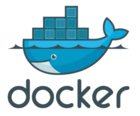The first thing you generally want to do when you have any new Storage system like SSD, Disk arrays or a Cluster Ceph, is benching. You will want to know how can read and write throughput. FIO is able to do that for you, here is an example:
[global] ioengine=libaio invalidate=1 ramp_time=5 direct=1 size=5G runtime=300 time_based directory=/home [seq-read] rw=read bs=64K stonewall [rand-read] rw=randread bs=4K stonewall [seq-write] rw=write bs=64K stonewall [rand-write] rw=randwrite bs=4K stonewall You then will have a good output of everything you need to know.





